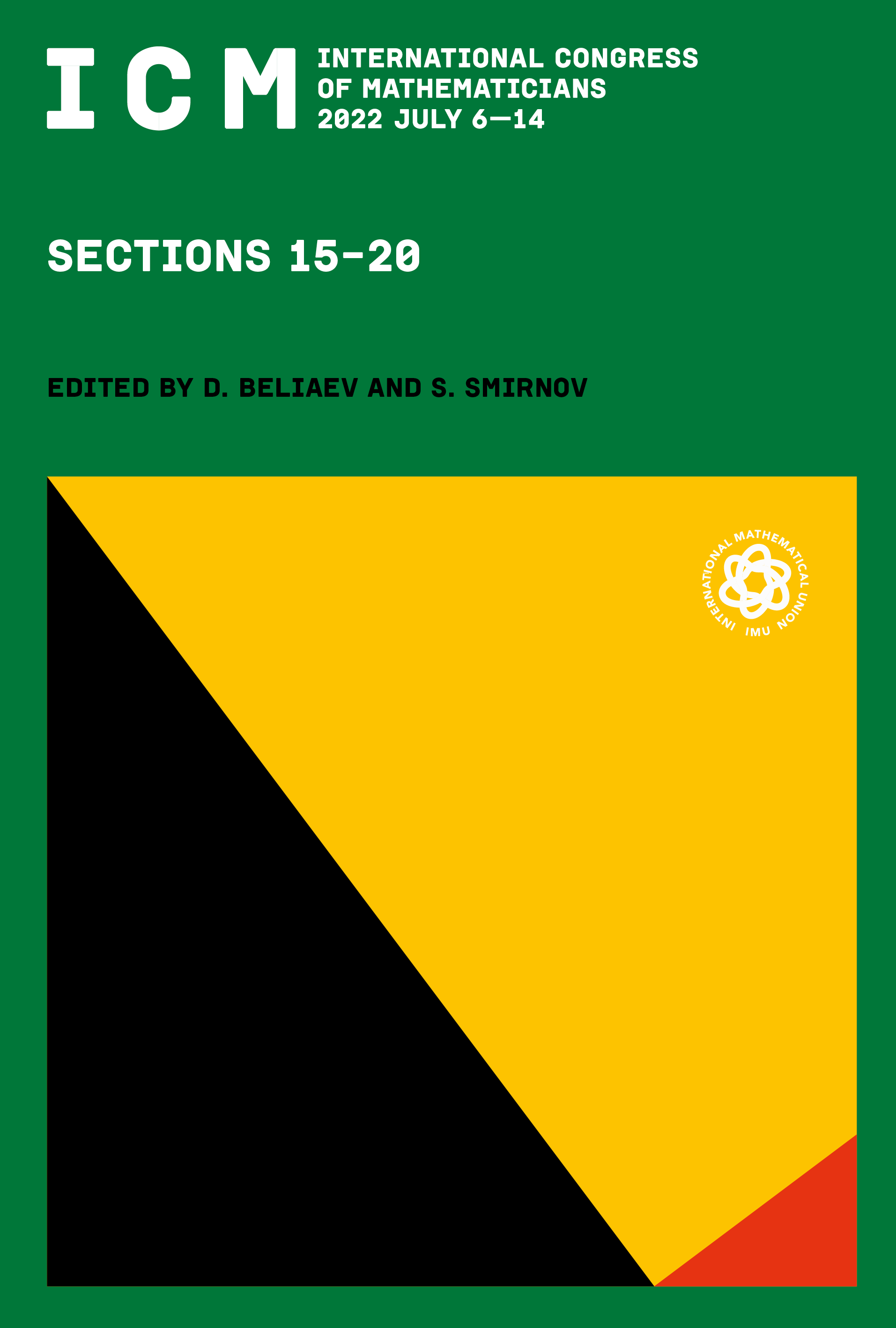Multiscale eco-evolutionary models: from individuals to populations
Nicolas Champagnat
Université de Lorraine, CNRS, Inria, IECL, F-54000 Nancy, FranceSylvie Méléard
Institut Universitaire de France and Ecole polytechnique, CNRS, Institut polytechnique de Paris, route de Saclay, 91128 Palaiseau Cedex-FranceViet Chi Tran
LAMA, Univ Gustave Eiffel, Univ Paris Est Creteil, CNRS, F-77454 Marne-la-Vallée, France

This book chapter is published open access.
Abstract
Motivated by recent biological experiments, we emphasize the effects of small and random populations in various biological/medical contexts related to evolution such as invasion of mutant cells or emergence of antibiotic resistances. Our main mathematical challenge is to quantify such effects on macroscopic approximations. The individual behaviors are described by the mean of stochastic multiscale models. The latter, in the limit of large population and according to the assumptions on mutation size and frequency, converge to different macroscopic equations. Sufficiently rare mutations yield a timescale separation between competition and mutation. In that case, the stochastic measure-valued process at the mutation timescale converges to a jump process which describes the successive invasions of successful mutants. The gene transfer can drastically affect the evolutionary outcomes. For faster mutation timescales, numerical simulations indicate that these models exhibit as cyclic behaviors. Mathematically, population sizes and times are considered on a log-scale to keep track of small subpopulations that have negligible sizes compared with the size of the resident population. Explicit criteria on the model parameters are given to characterize the possible evolutionary outcomes. The impact of these time and size scales on macroscopic approximations is also investigated, leading to a new class of Hamilton–Jacobi equations with state constraint boundary conditions.